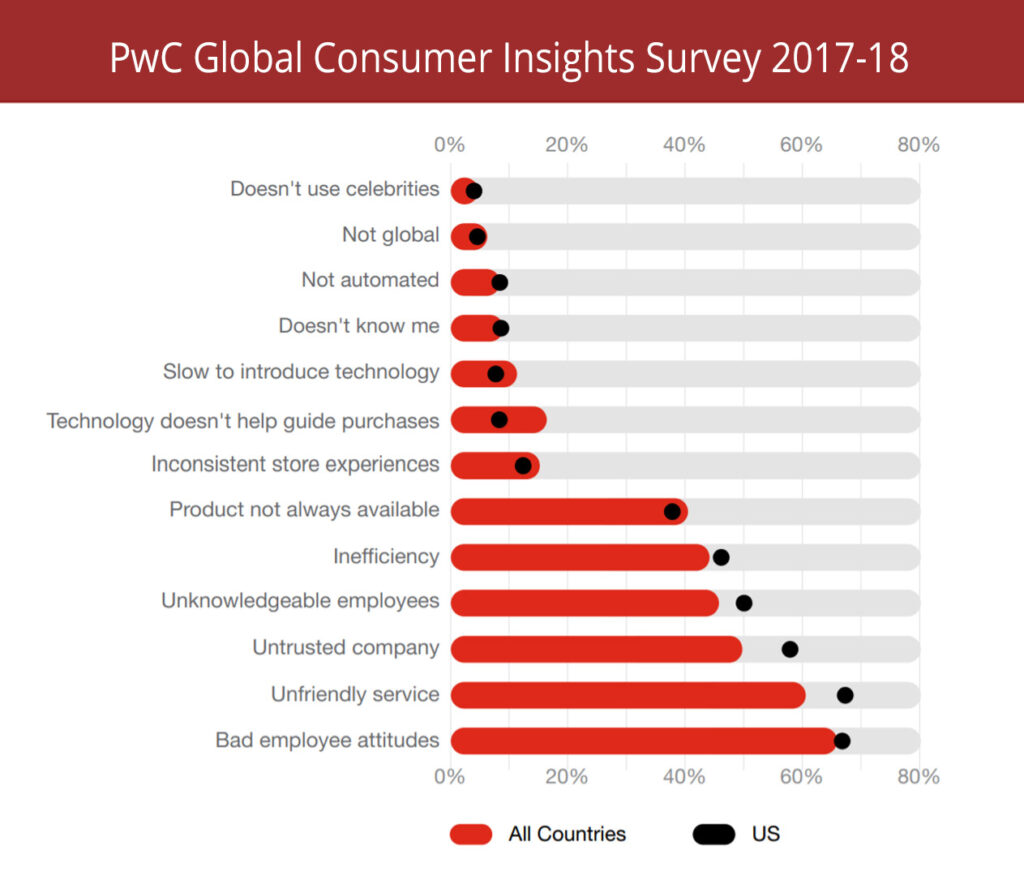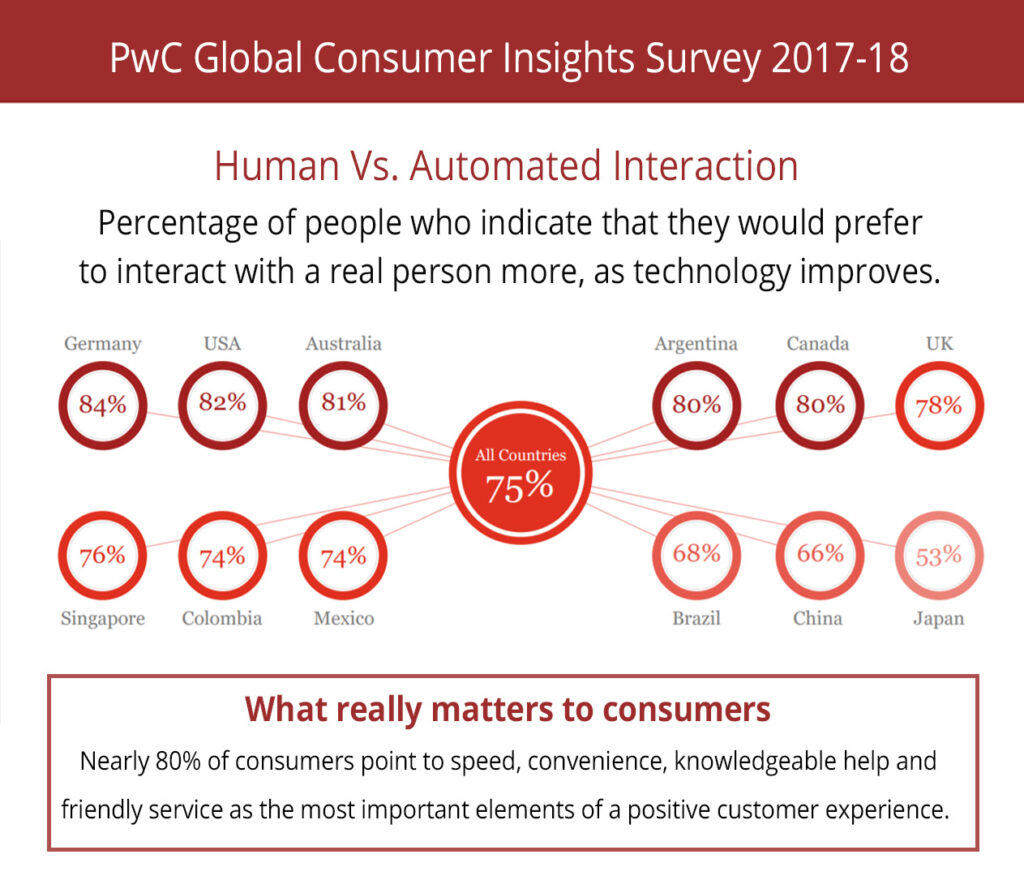The customer magnet mantra – Part 1
Branding / Marketing / The Limited Edition on 6th September 2020

According to a PwC Consumer Survey, 2018), 73% of respondents said that the customer experience was an important determinant in their purchasing decisions. Over 40-90% of respondents mentioned that bad in-store experiences with regard to inconsistent product availability and casual employee behaviour topped the list as to why customers switched brands. Global presence, celebrity ambassadors and technology automation only contributed to less than 10% of the reason why they would stick to a brand.

What drives away customers?
In today’s scenario where online shopping segment is gathering steam, we need to also assess what drives the customer towards a brand or away from it. Primarily, the e-commerce platform plays the most important role here. The website has to be optimised for visual delight, easy to locate menus and simplified check out options. The communication, if any, needs to be designed smartly so that they mimic a real human and not a bot.
Automation doesn’t mean eliminating that human touch!
People instinctively understand that technology will change how they buy things, but they don’t always clearly see how innovation and technology already impact their interactions. For instance, very few consumers would admit that cloud technology may impact their customer experiences in spite of the fact that people interact with cloud technology hundreds of times every day. The Indian story is not far behind.
According to a World Band Survey ‘Unleashing E-commerce for South Asian Integration’ in 2019, in India, online sales as a percentage of total retail sales is only 1.6%, versus over 15% for China and around 14% globally.

An inability to connect with the customer is a big part of the problem for most companies who find themselves lost in the undifferentiated middle.
Your brand is like a person. Nurture it. Help it evolve.
In 2018, Amex made a tremendous effort to enhance processes, shift technologies, alter policy and modify products to drive that experiential shift. These efforts quickly led to a 400% increase in customer retention. These changes put customer relationships at the core of the strategy, further enabling the brand to position itself as more than a credit card company, winning more elements of a customer’s life, from travel to concert tickets.
In competitive markets, branding is crucial in paving the way for a business’ success as it increases customer recognition and recall of the business. In the next part, we will explore more elements that contribute to a brand’s personality.

temp maikl
January 5, 2024 at 1:17 am, ·
As much as you enjoyed it, I did as well. You are looking forward to what is going to happen next, despite the fact that the picture and the writing are both good. Should you choose to defend this walk, it will be essentially the same each and every time.